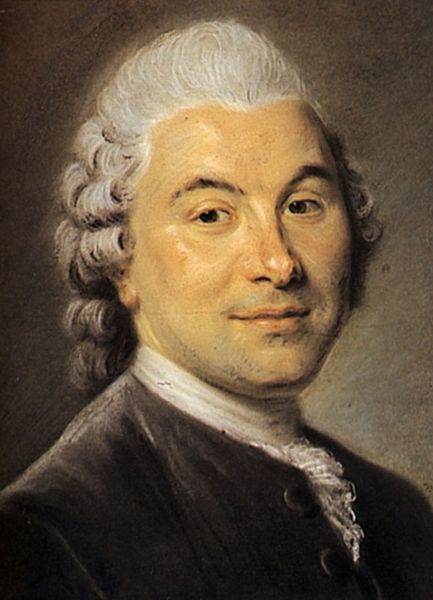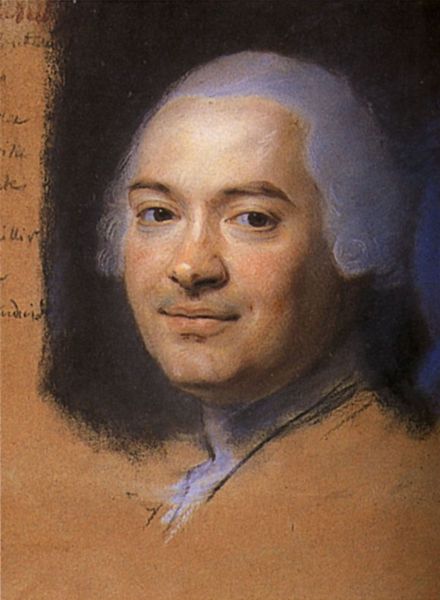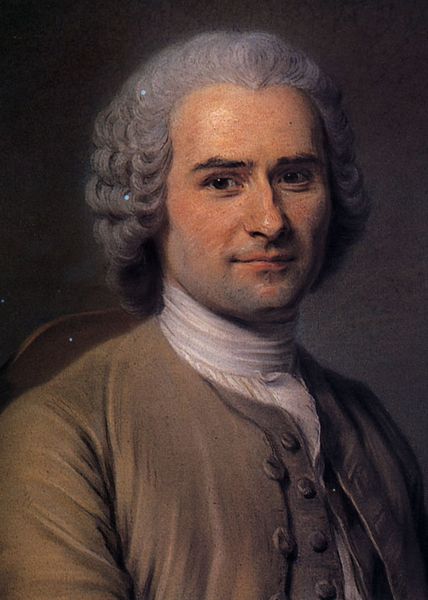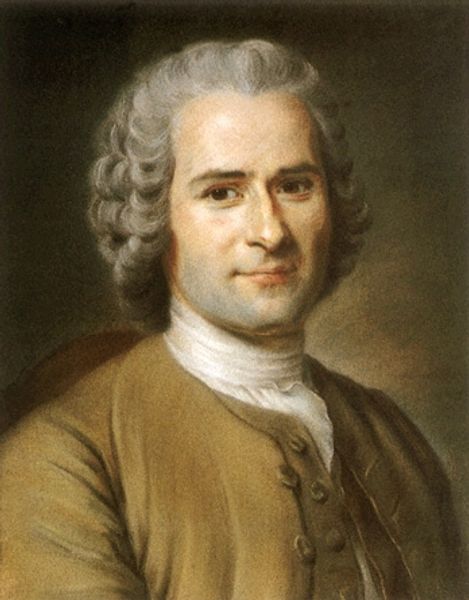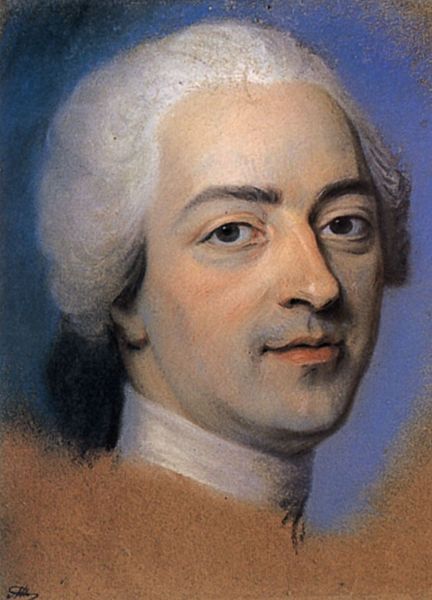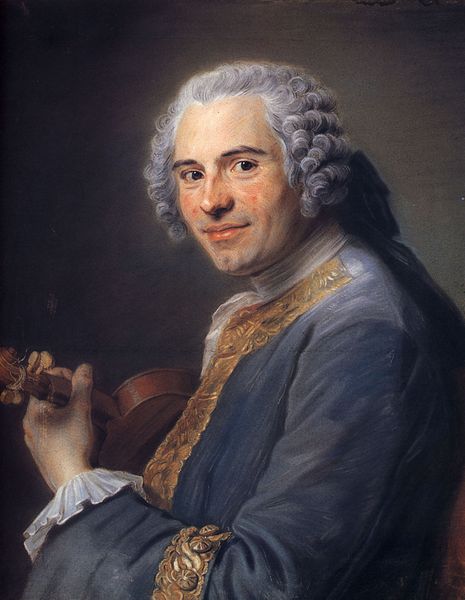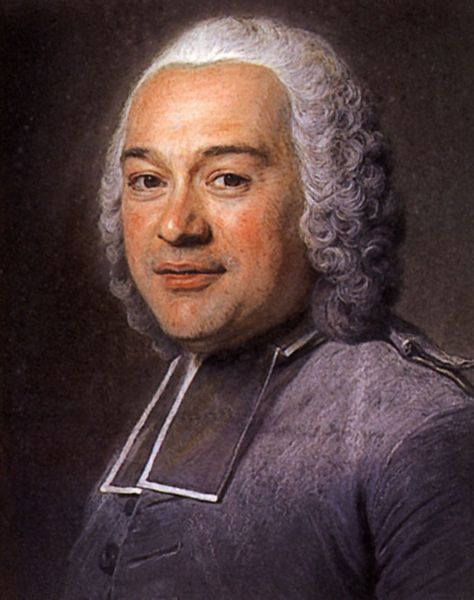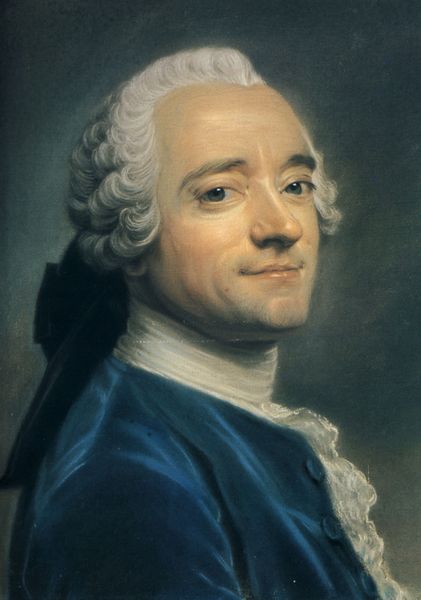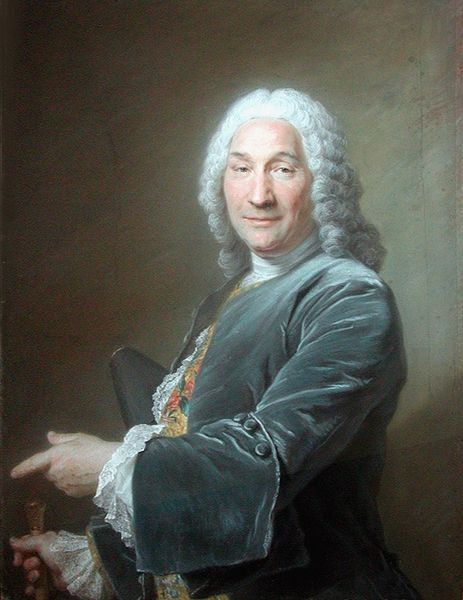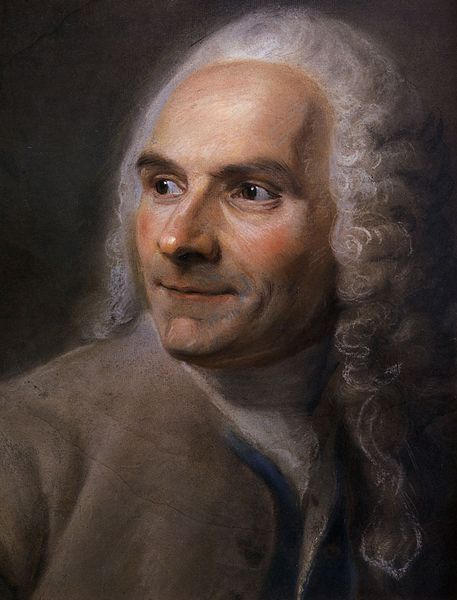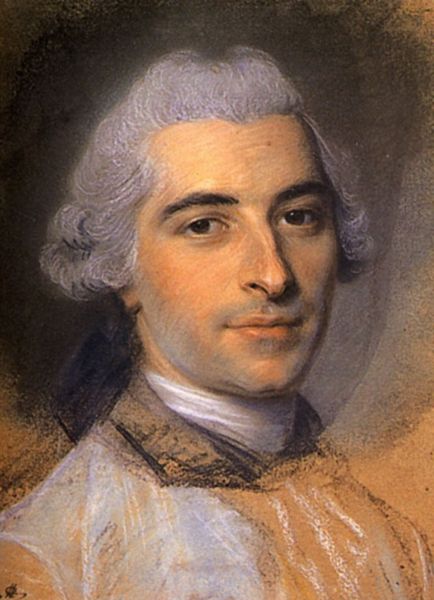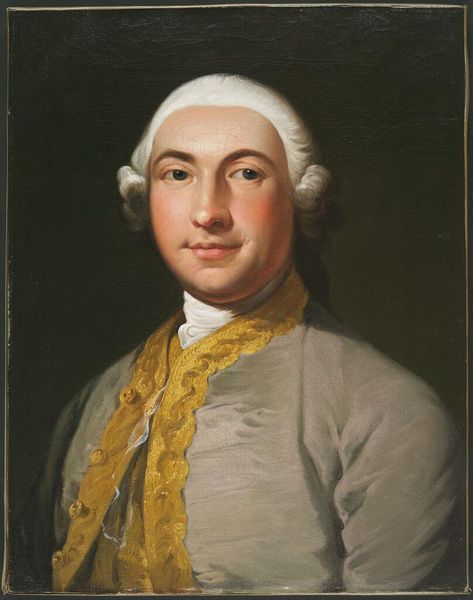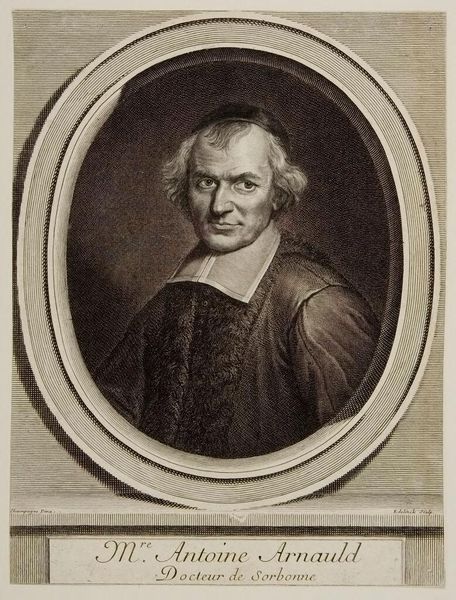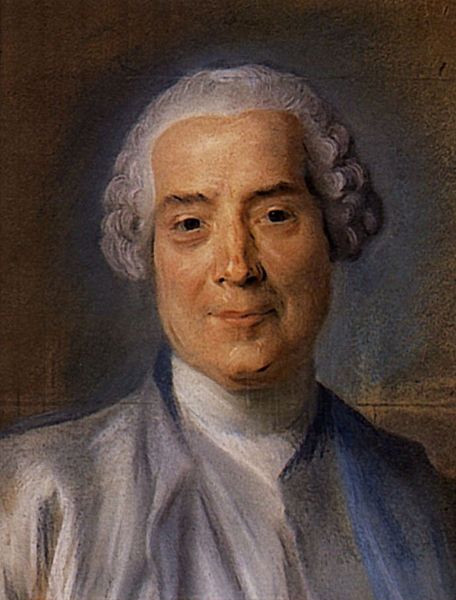
pastel
#
portrait
#
self-portrait
#
male portrait
#
genre-painting
#
pastel
#
rococo
Copyright: Public domain
Curator: What a delightful smirk! It's disarming. Editor: Indeed. Let's delve into this artwork. This is Maurice Quentin de La Tour's pastel portrait of "Charles Maron, a lawyer in parliament." While undated, its style firmly places it within the Rococo period. The piece showcases the elegance associated with the French court during that era. Curator: That delicate medium certainly lends itself to Rococo sensibilities. You can practically feel the powdered wig! And that slight upward tilt of the mouth – he seems like he's privy to some amusing secret. Editor: Consider La Tour's mastery of pastel. He builds up the image through layers of meticulously applied pigment, a process demanding not just artistry, but intense labor. The availability of such refined materials also points to Maron's own position within a privileged social class, wouldn’t you say? Curator: Absolutely. The subject's attire reflects that, a uniform signaling professional status within a specific socio-political structure. That said, even within the rigid conventions of portraiture, La Tour captures a flicker of individual character. Note the sharp contour of his features. Editor: Semiotically speaking, even the seemingly casual arrangement – the loose collar, the slight asymmetry of his wig – are all carefully constructed details, symbols of a cultivated ease. But does it also express a hint of vulnerability through an unusual color scheme that's a tad cold? Curator: Perhaps, or it simply might come down to the economic context of the era, where these specific dyes would be accessible to particular segments of the market while he was laboring. Yet, I admit, there’s a certain compelling quality to it all. This artwork serves not only to represent this lawyer’s public image, but hints at something else: a consciousness beyond societal roles. Editor: I see what you mean. By understanding and closely examining the color structure, this "something else" can truly present itself to any beholder. What do you think? Curator: I guess that our respective takes don’t need to always be mutually exclusive; one informs another and creates something unique to build upon for anyone that will behold the piece afterward. Editor: Precisely. It's this interplay between material reality and formal aesthetics that keeps us engaged with art across centuries, wouldn't you say?
Comments
No comments
Be the first to comment and join the conversation on the ultimate creative platform.
